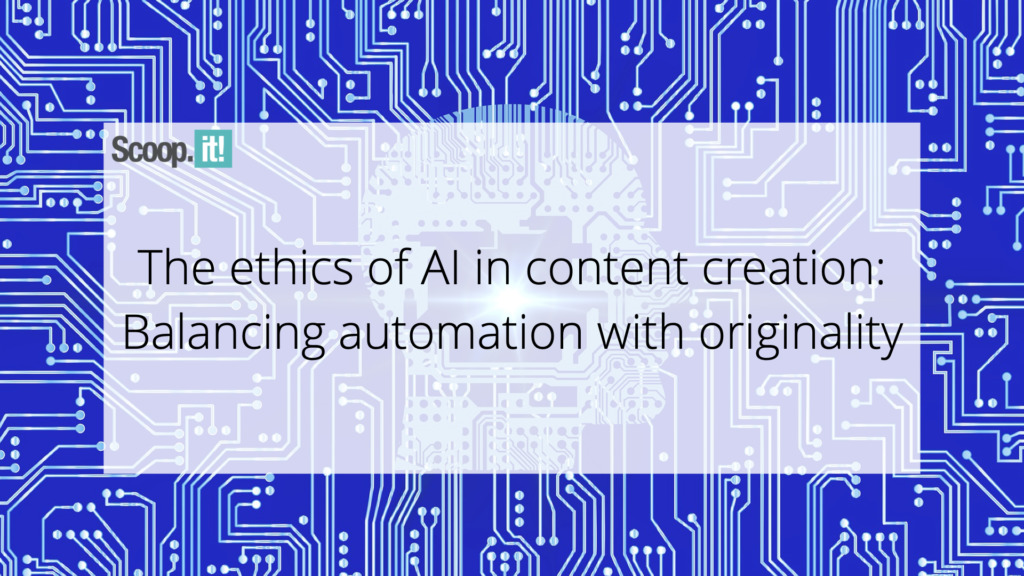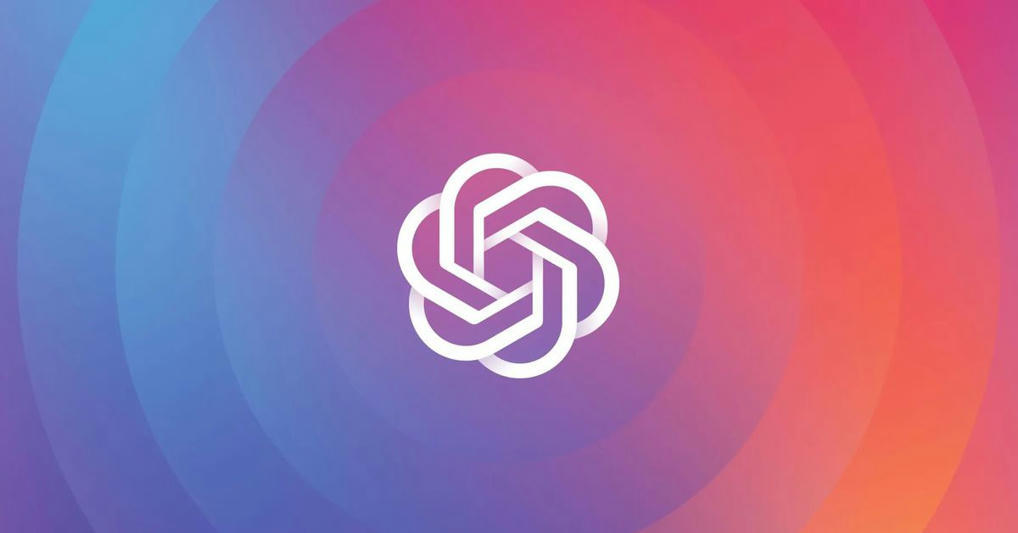
With recent developments in generative AI, the question of ethical content creation and the use of human-made content has come into question. And while the generative AI industry is still in its infancy, many companies must take measures to balance automation with original high-quality content.
It’s still very early to tell which direction the generative AI industry will take and what limitations will be placed on generative AI platforms. So for now, companies using this technology are the ones responsible for guaranteeing ethical use and protecting the rights of content creators. Here is how some companies can find a balance between automation and originality.
Learn more / En savoir plus / Mehr erfahren:
https://gustmees.wordpress.com/?s=curation
https://gustmees.wordpress.com/?s=blogging
https://www.scoop.it/topic/21st-century-learning-and-teaching/?&tag=Blogging
https://www.scoop.it/topic/21st-century-learning-and-teaching/?&tag=content+marketing
https://www.scoop.it/topic/21st-century-learning-and-teaching/?&tag=SEO
Read the full article at: blog.scoop.it





